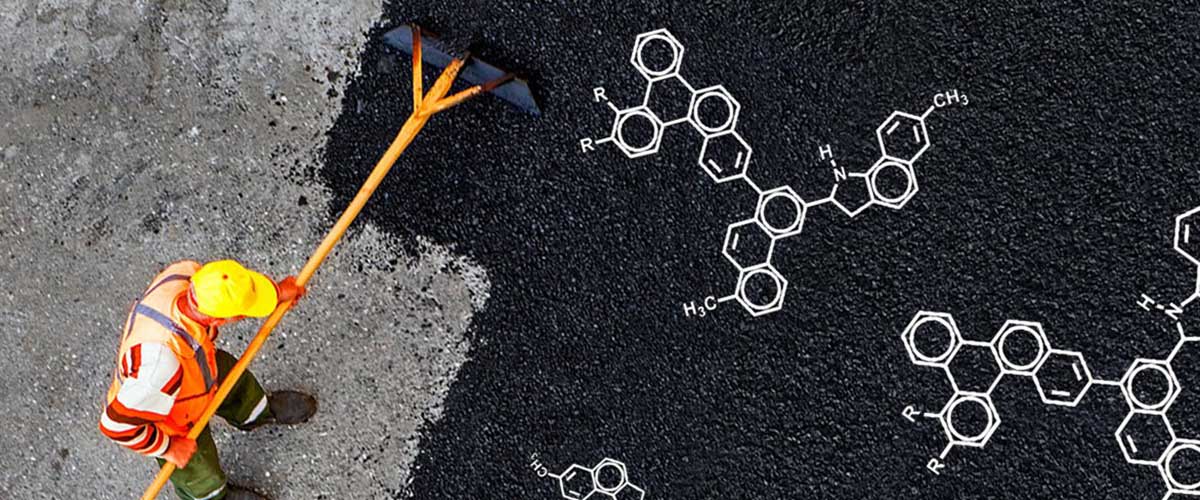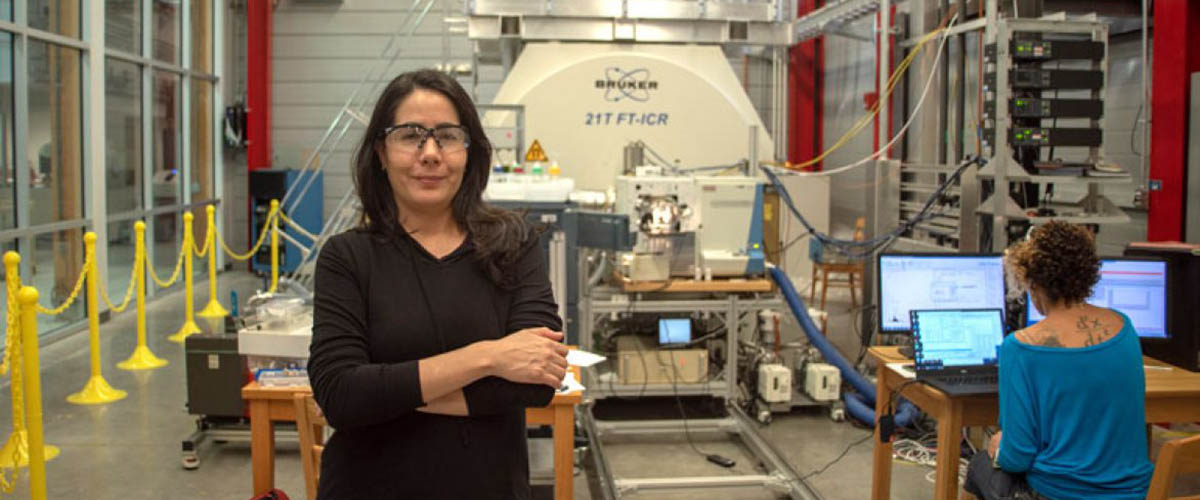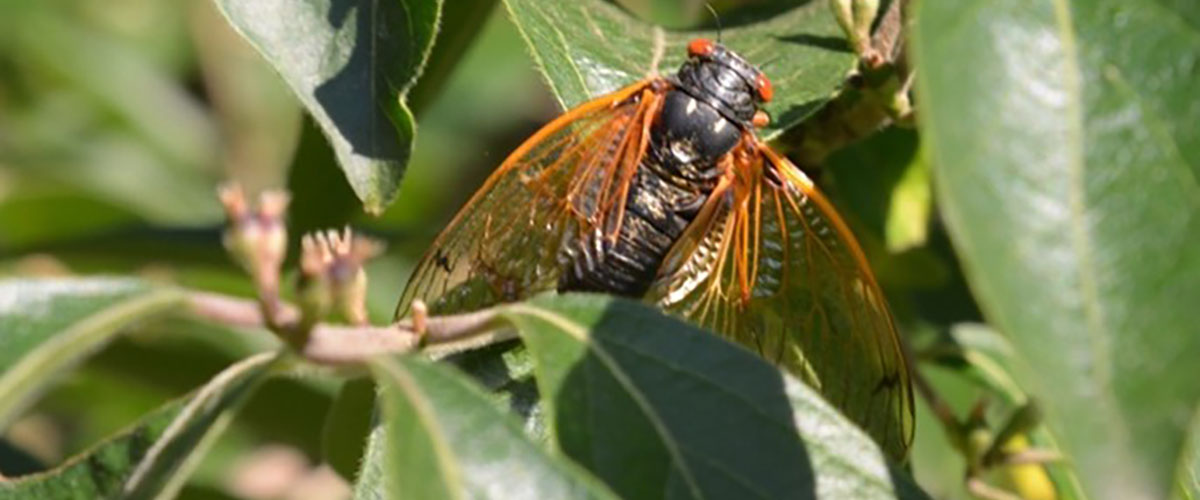A few years ago, a group of scientists set about solving one of nature’s many mysteries. The subject was biochar, a kind of carbon-packed charcoal made from burned organic matter that possesses, among other benefits, the ability to be used as a nontoxic, slow-release fertilizer.
Scientists knew that composting biochar improved its fertilizing properties. But how?
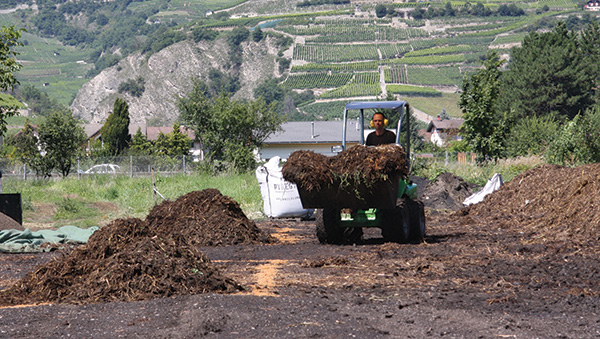
Field experiments were essential to fully understanding the properties of biochar.
Photo by Nikolas Hagemann, University of Tuebingen
The question is important not only for agriculture but for the environment as well. Biochar is also a promising tool for carbon sequestration, safely storing excess carbon that would otherwise heat up the planet.
With these issues in mind, Andreas Kappler and Nikolas Hagemann of the Center for Applied Geoscience at the University of Tuebingen in Germany assembled a team and began a series of experiments to examine the biochar. In particular, they wanted to know about the thin layer of carbon that formed on biochar when composted, a process that boosted its immediate fertilizing capacity.
The group tried one technique after another, from fast field cycling nuclear magnetic resonance relaxometry to analytical scanning transmission electron microscopy to X-ray photoelectron spectroscopy.
With each new technique came new members to the team, using instruments such as the National MagLab's ion cyclotron resonance (ICR) magnets in Tallahassee, Fla.; the synchrotron at the Canadian Light Source in Saskatoon; and a picturesque Swiss field where the biochar was composted by the Ithaka Institute for Carbon Strategies.
"It just grew and grew and grew and grew and grew and grew," explained chemist Thomas Borch of Colorado State University. "Because we couldn't figure it out."
While some of the instruments and techniques did not give the scientists the data they were looking for, the contributions were nonetheless valuable for leading them to the next step, Borch said.
"We tried everything — everything you can imagine," Borch said. "Some of the most advanced kinds of microscopy, to look at it from that perspective, to spectroscopy, to spectrometry. And most of the instruments told us very little."
They kept trying new approaches. It was Borch who proposed the idea of using the MagLab's ICR magnets in conjunction with a rarely used, still experimental technique called desorption atmospheric pressure photoionization. "It was crucial in revealing the composition and the mechanism that most likely led to the composted biochar's increase in crop yields and properties," Borch said.
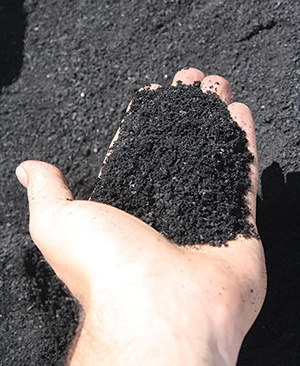
Biochar
The tools allowed the scientists to identify the exact chemical composition of not only the bulk of the biochar, but also the 100-nanometer thin carbon coating that developed on it after composting. That coating, the researchers discovered, contains lots of nitrogen that is released as a fertilizer when added to soil, stimulating crop yield, and that discovery solved the biochar mystery. The scientists’ work, published in 2017 in the online journal Nature Communications, shed light on the benefits of composted biochar, knowledge that could help in the development and marketing of biochar as both fertilizer and a means of carbon sequestration.
Team effort
The study was, itself, a study in collaboration. No fewer than 20 authors from 16 institutions and eight countries contributed to the article — and that's not counting the numerous people and institutions credited in the article's acknowledgements or the dozen international funding agencies. Each individual brought something unique to the research team, whether it was technical expertise in one of the 15 measurement techniques used, ideas and insights or countless tedious hours in a lab.
"It is important to have so many contributors to cope with complexity," said Hagemann, first author on the paper. "Our project, specifically, has two dimensions of complexity: the interdisciplinary nature of our questions and the problem of scale."
"As a geo-ecologist, I look at soil as the interaction of the earth, water, biology and atmosphere," Hagemann continued. "Also in compost, there is interaction of minerals, water, dead and living organisms and gasses — and all this impacts the biochar that we mixed into the compost. To understand this mess, you need people with different backgrounds, including microbiology, physics, chemistry, biogeochemistry, soil science, plant nutrition — and much more. And someone with hands-on experience in composting and who knows how to use a digger."
Although 20 authors may be a bit above average for a scientific journal, this number is far from unique, and emblematic of an established trend in science publishing. Long gone are the days of scientists single-handedly conceiving of, designing and conducting experiments, then processing and writing up the results. Research areas have become far too specialized for such solo gigs. And getting access to top-of-the-line instrumentation and expertise at national labs, particle accelerators and other facilities worldwide necessarily means bringing more brains onto the team.
According to a study published in the Journal of the Association for Information Science & Technology, teams behind science papers have been growing for decades. Today, collaboration among multiple institutions is the norm. And that collaboration yields benefits: The study found that a paper's impact increases with the number of authors, institutions and countries associated with it.
In other words, it takes a scrum of scientists to tackle the big problems faced by society today.
Solving a Science Puzzle
To hit pay dirt on soil fertilizer, it helps to have lots of talented diggers on your team. Click on the countries highlighted in yellow below to find out more about the team members for the biochar research project and how they contributed.
Story by Kristen Coyne



